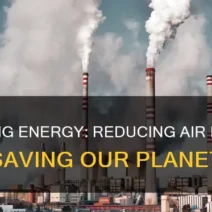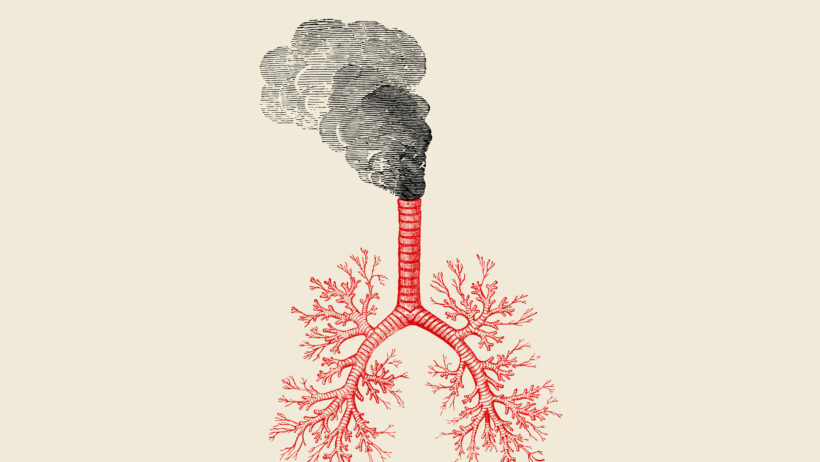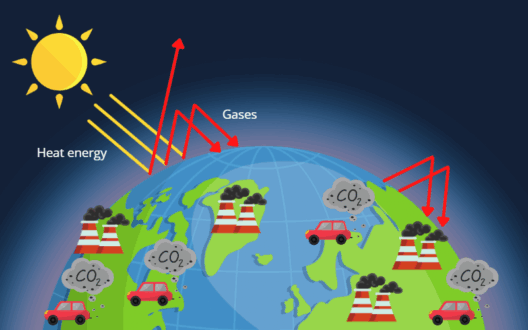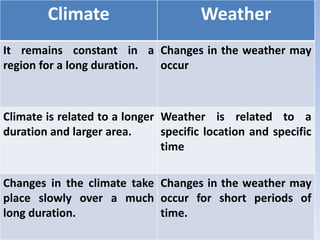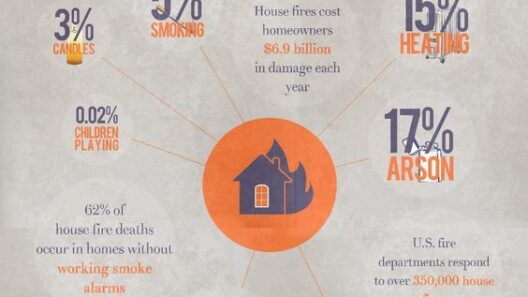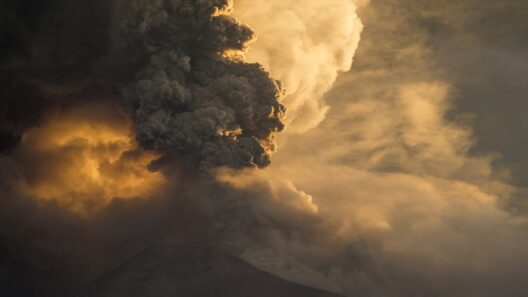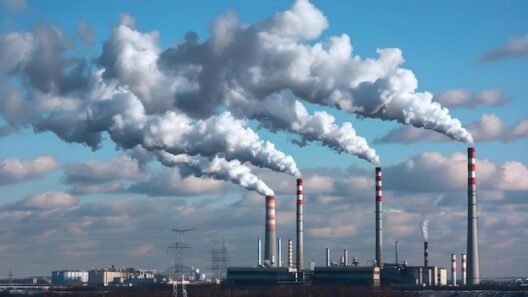In the intricate tapestry of environmental dynamics, air pollution weaves a thread that not only taints our skies but also accelerates the relentless march of global warming. Air pollution, often perceived as a mere nuisance or a local menace, is, in fact, a nefarious accomplice to the broader climate crisis, exacerbating the warming of our planet in ways that are both insidious and profound.
To understand this relationship, imagine the Earth as a finely tuned orchestra. Each element within our atmosphere plays a unique instrument, contributing to a harmonious balance that sustains life. The conductors of this orchestra are the gases that envelop us—carbon dioxide, methane, and the troublesome aerosols from air pollution, all playing their parts. However, as air pollution infiltrates this delicate symphony, the cacophony of discordant sounds ensures that the climate melody descends into disarray.
At the heart of the connection between air pollution and global warming lies the role of greenhouse gases (GHGs). Carbon dioxide, methylene oxide, and nitrous oxide are recognized players in the climate game, entraping warmth from the sun and preventing it from escaping back into the cosmos. They create a cozy blanket around the Earth, resulting in elevated temperatures. Yet, it is less commonly acknowledged how particulate matter, comprised of soot, dust, and other noxious substances from combustion engines, industry, and cooking, interacts dynamically with these gases.
The paradox surfaces as air pollution serves dual purposes—while certain pollutants can cool the atmosphere temporarily by reflecting sunlight, others incite a greenhouse effect equally potent as traditional GHGs. Black carbon, for example, is a particularly devious agent; when it settles on ice and snow surfaces, it diminishes their albedo—their ability to reflect sunlight—thereby accelerating melting processes. This darkening of our polar regions acts like a sponge, soaking up more heat and further contributing to global warming.
Moreover, the stratospheric impacts of air pollutants are of significant concern. Aerosols, including sulfate and nitrate particles, have the capacity to scatter sunlight and lead to a temporary cooling effect in specific regions. However, as regulations on air quality improve and emissions are curtailed, the cooling influence can wane, resulting in a rapid temperature shift as the balance tips back toward warming. This paradigm shift mirrors a tightly coiled spring, waiting to unleash its energy; as pollution levels drop, the planet experiences a rapid change, leading to climate volatility.
Yet, the discourse on air pollution as a climate agent cannot overlook the health ramifications it incurs on human populations. The victims of this toxic intricacy are not merely faceless numbers in climate statistics; they are mothers, fathers, children, and the elderly suffering from respiratory diseases, heart conditions, and other ailments brought on by unmitigated exposure to harmful particulates. The relationship between human health and climate change creates a vicious cycle, complicating efforts to combat both air pollution and climate change simultaneously. Poor air quality diminishes overall health, leading to increased healthcare costs and reduced resilience against climate impacts.
One might ponder the question: what can be done to dismantle this toxic nexus? First and foremost, enhancing public awareness is paramount. Society must recognize air pollution not as a remote concern but as an immediate threat that demands urgent action. Educational campaigns, policy initiatives, and grassroots movements play pivotal roles in galvanizing communities to advocate for cleaner air. Policies that target emissions reductions in industries and transportation, coupled with innovations in renewable energy, create a formidable front against both air pollution and climate change.
Restoration also plays a critical role in reversing damage inflicted upon ecosystems due to air pollution. Implementing reforestation and afforestation projects enables natural systems to filter air impurities while sequestering carbon dioxide, effectively doubling down on mitigation strategies. Green spaces within urban areas not only improve air quality but also provide refuge for biodiversity, creating a more resilient ecosystem capable of withstanding climate shocks.
Simultaneously, international cooperation remains a cornerstone of any effective strategy. Climate change and air pollution transcend geographical borders; their insidious nature demands that sovereign nations come together, pooling resources, sharing technology, and strategizing unified responses. Initiatives such as the Paris Agreement showcase how collective ambition can foster change and inspire nations to commit to emissions reductions that benefit both air quality and climate goals.
In conclusion, acknowledging the interplay between air pollution and global warming reveals the intricate and often overlooked dynamics at play within our environment. The toxic truth that air pollution exacerbates global warming underscores the necessity for comprehensive approaches to tackle both crises simultaneously. Addressing air quality can mitigate climate change impacts and improve human health, and a united effort can illuminate the path toward a sustainable future where clean air and stable climate are not just aspirational goals but achievable realities. The hour is now to act, lest we let the discordant notes continue to drown out the symphony of life on Earth.

